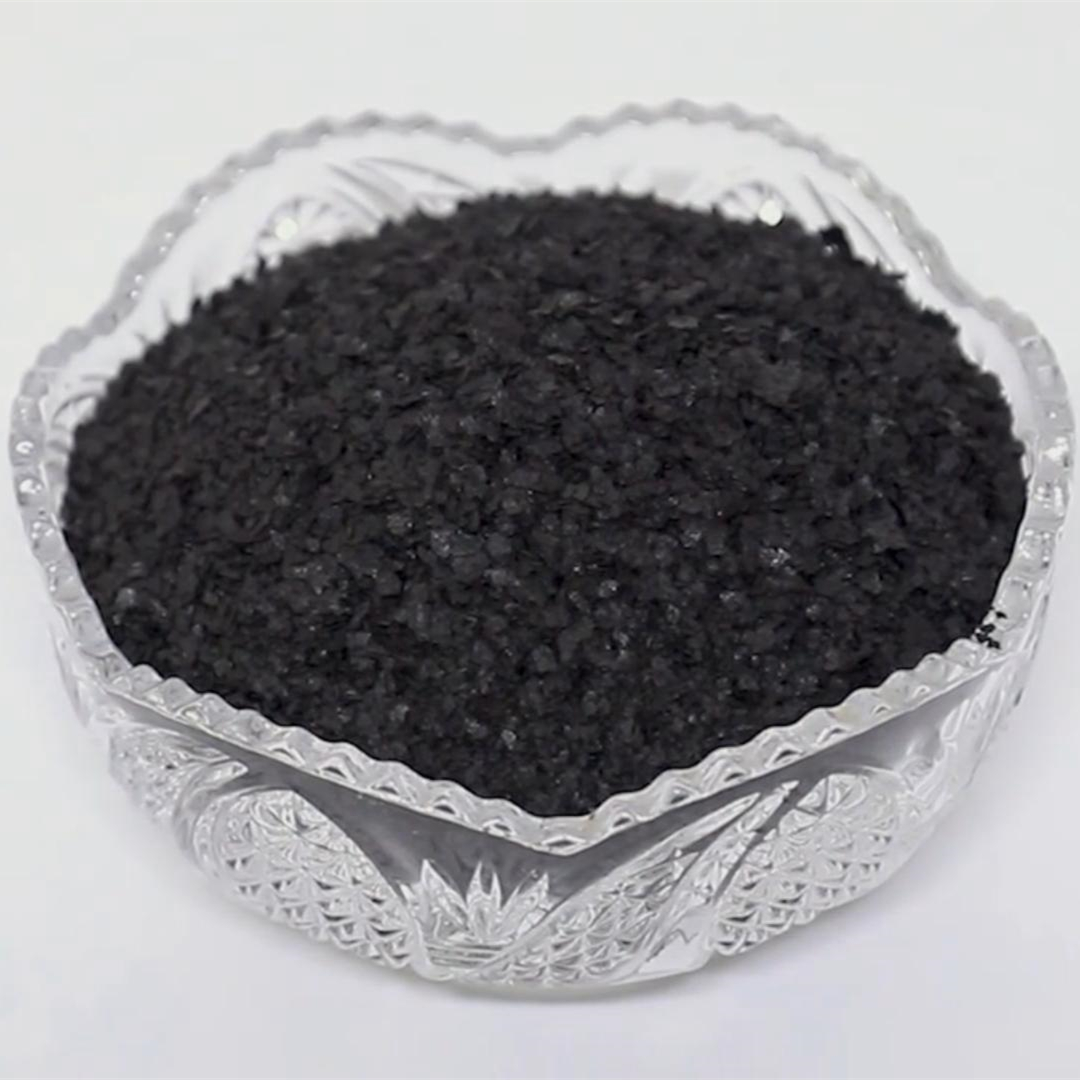
8 月 . 22, 2024 06:05 Back to list
Understanding Urea Fertilizer and Its Impact on Crop Growth and Soil Health
Urea Fertilizer An Essential Element for Modern Agriculture
Urea, a nitrogen-rich compound, is one of the most widely used fertilizers in agriculture today. As a significant source of nitrogen, urea plays a critical role in enhancing crop yields and improving overall soil health. Its incorporation into farming practices has transformed agricultural productivity, making it an indispensable element for modern farming.
Nitrogen is a vital nutrient for plants, contributing to essential processes such as photosynthesis, protein synthesis, and overall growth. Urea, with a nitrogen content of approximately 46%, is one of the most concentrated nitrogen fertilizers available. This high nitrogen content means that farmers can use smaller quantities of urea compared to other nitrogen sources, making it a cost-effective option for enhancing soil fertility.
Urea Fertilizer An Essential Element for Modern Agriculture
Urea's versatility makes it suitable for a wide range of crops, from cereals and vegetables to fruits and legumes. Farmers can apply it directly to the soil or use it in combination with other fertilizers. Additionally, urea can be applied through various methods such as broadcasting, side-dressing, or fertigation (the application of fertilizers through irrigation systems). Each method has its advantages, allowing farmers to choose the one that best suits their specific crops and soil conditions.
urea fertilizante

However, the use of urea fertilizer is not without challenges. One of the primary concerns is its potential environmental impact. When urea is applied to the soil, it undergoes a process of nitrification, where it is converted to ammonium and subsequently to nitrate. If not managed properly, excess nitrate can leach into water bodies, leading to problems such as eutrophication, which depletes oxygen in water and harms aquatic life. Moreover, urea can release ammonia gas into the atmosphere, contributing to air pollution and greenhouse gas emissions.
To mitigate these environmental concerns, farmers must adopt best practices for urea application. This includes precise timing, appropriate dosage, and the use of controlled-release fertilizers. By applying urea at the right growth stages of plants and in the right amounts, farmers can maximize nutrient uptake and minimize losses. Additionally, incorporating urea with organic matter can enhance its effectiveness, improving soil structure and microbial activity.
The development of coated urea fertilizers is another innovative solution to address these challenges. These fertilizers are designed to release nitrogen slowly over time, providing a steady supply of nutrients to plants while reducing the likelihood of leaching and volatilization. By improving nutrient use efficiency, coated urea helps farmers achieve better yields with lower environmental impact.
In conclusion, urea fertilizer plays a crucial role in modern agriculture, offering a concentrated source of nitrogen that can enhance crop yields and food security. However, its use must be managed carefully to minimize environmental risks. By adopting best practices and innovative solutions like coated urea, farmers can harness the benefits of this essential fertilizer while protecting the environment. As the agricultural sector continues to evolve, the effective use of urea will remain central to achieving sustainable farming practices and meeting the growing demands of the global population.
-
Organic 10-10-10 Fertilizer | Balanced Plant Nutrients
NewsJul.31,2025
-
Premium Amino Acid Fertilizer | Rapid Plant Growth Booster
NewsJul.31,2025
-
10 10 10 Fertilizer Organic—Balanced NPK for All Plants
NewsJul.30,2025
-
Premium 10 10 10 Fertilizer Organic for Balanced Plant Growth
NewsJul.29,2025
-
Premium 10 10 10 Fertilizer Organic for Balanced Plant Growth
NewsJul.29,2025
-
Premium 10 10 10 Fertilizer Organic for Balanced Plant Growth
NewsJul.29,2025
